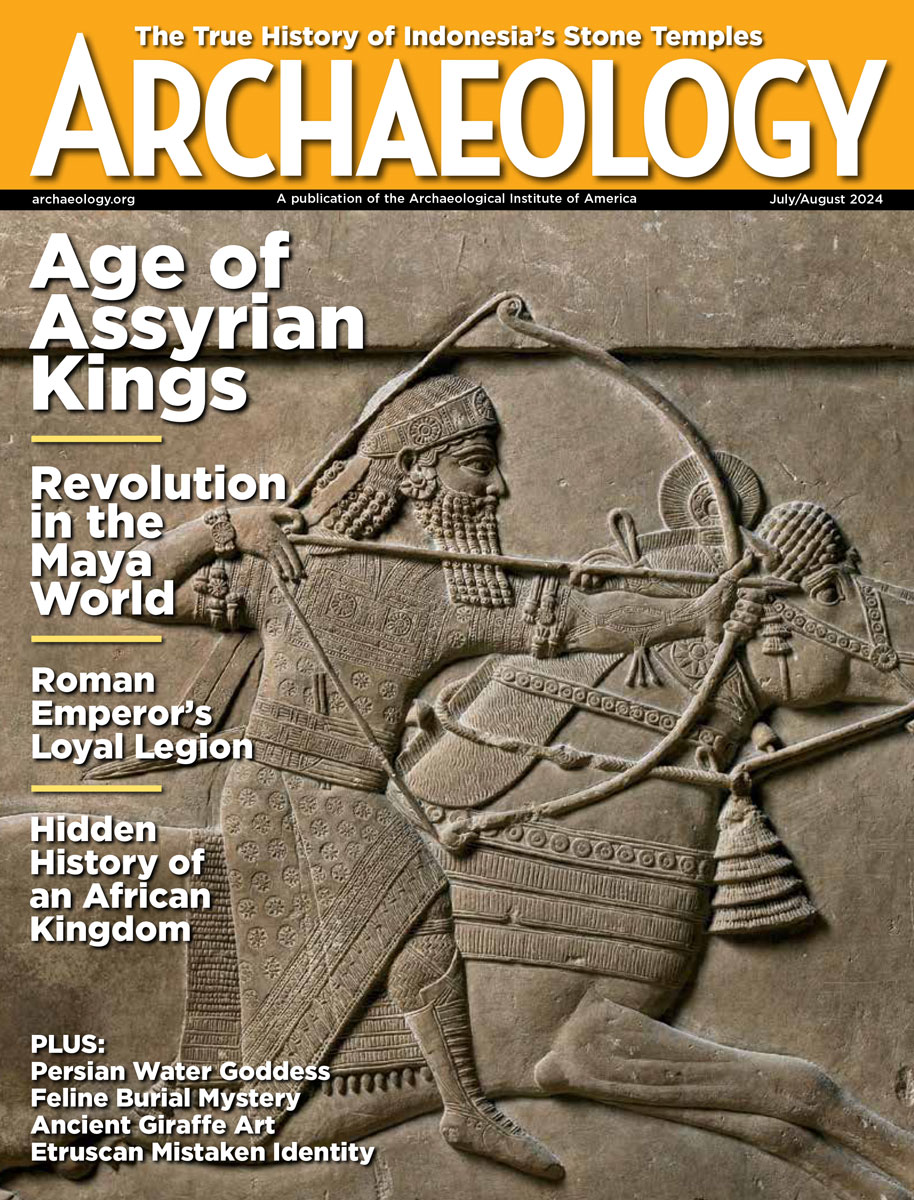

| |
| A Guide to Best Practices for Archaeological Tourism | August 11, 2008 |
Concerned by the threat posed to ancient sites by increasing traffic and inadequate or under-funded site management plans, the AIA and ARCHAEOLOGY have joined with the Adventure Travel Trade Association in creating a guide to good practices for archaeological tourism. "The guide will be an important resource for tour operators who wish to incorporate archaeological sites into their tour packages while ensuring that these sites are protected from damage so that they may be enjoyed for generations to come. The guide will also provide useful do's and don'ts for tourists themselves," says AIA CEO Teresa Keller. Completion and publication of the guidelines is expected by this October.
![[image]](http://www.archaeological.org/Images/news/tourguides.jpg)
Palmyra, Syria
Archaeological sites and historic places are major tourist attractions worldwide. In the last few years, visits to historical sites have ranked third--after dining in restaurants and shopping--among activities undertaken by Americans traveling abroad. The number of people that visit archaeological sites rises every year and the increase in traffic can result in damage to sites. In extreme cases, sites have been closed to the public to prevent further damage.
The popularity of archaeological sites as tourist attractions means that they are valuable sources of revenue, but unfortunately this is often not matched by reinvestment in proper management to ensure both protection of the site and continued enjoyment of it by tourists. Archaeological sites are fragile resources and inadequate site management will result in deterioration or even destruction of the site and its related social, historical, educational, and economic potential.
With these concerns in mind the Archaeological Institute of America (AIA), ARCHAEOLOGY magazine, and the Adventure Travel Trade Association (ATTA) are creating a manual of good practices for tour operators and the tourists who visit archaeological sites. When complete, the guide will outline practices that will allow for proper, sustainable archaeological tourism, giving visitors the opportunity to fully experience ancient sites while minimizing the negative impact of tourism. The guide will be an important resource both for tour operators who wish to incorporate archaeological sites in their tour packages and for tourists who want to see these sites first hand. In conjunction with adequate and properly funded site management plans, these guidelines will help ensure that the public can enjoy the experience of visiting ancient places for generations to come.
Who are the AIA, ATTA, and ARCHAEOLOGY?

The Archaeological Institute of America is North America's oldest and largest archaeological organization. It was chartered in 1906 by Congress in recognition of its work in developing the Antiquities Act, a cornerstone in the preservation of archaeological sites in the U.S. Today, the Institute has nearly 250,000 members and subscribers in more than 100 local societies. It promotes an informed public interest in the cultures and civilizations of the past, supports archaeological research, fosters the sound professional practice of archaeology and advocates the preservation of the world's archaeological heritage.

The AIA's award-winning magazine ARCHAEOLOGY, now in its 60th year of publication, brings the excitement of archaeological discovery to an audience of more than 730,000 readers worldwide. Our readers are a diverse group who thrive on varied cultural and artistic experiences, including travel to exotic locations.
The AIA and ARCHAEOLOGY websites reach a combined annual audience of nearly 2.4 million visitors with almost 7.4 million page views.

The Adventure Travel Trade Association is a membership organization for companies in the adventure travel area. While seeking to promote and grow the adventure travel market, ATTA is working to provide a unifying voice for the industry that promotes and facilitates knowledge sharing and a common vision; defines "adventure travel" and establishes "best practices" and operating standards; and encourages sustainable and environmentally and culturally sensitive adventure travel practices.
© 2008 by the Archaeological Institute of America archive.archaeology.org/online/features/guidelines/ |
Advertisement

Advertisement






